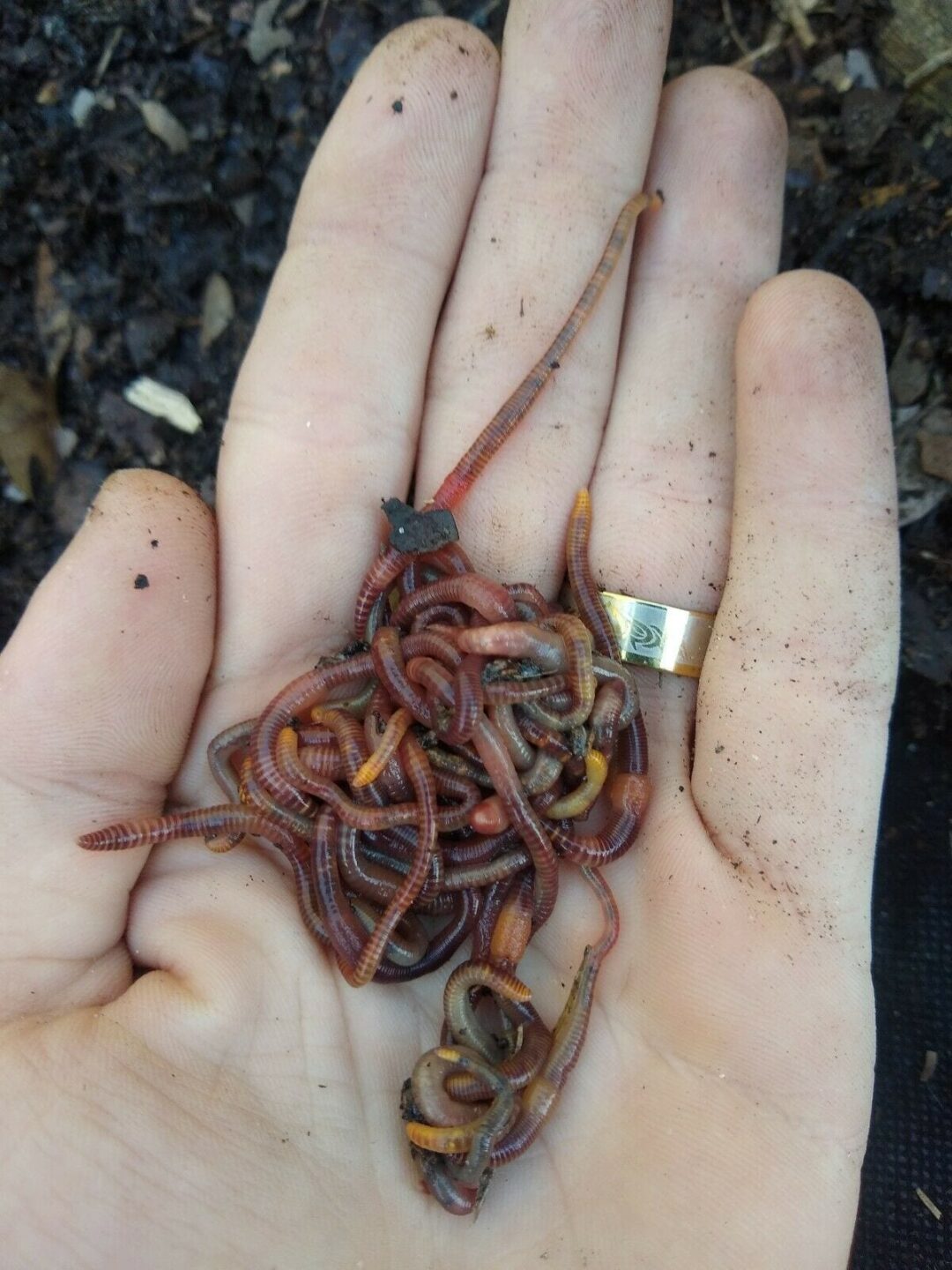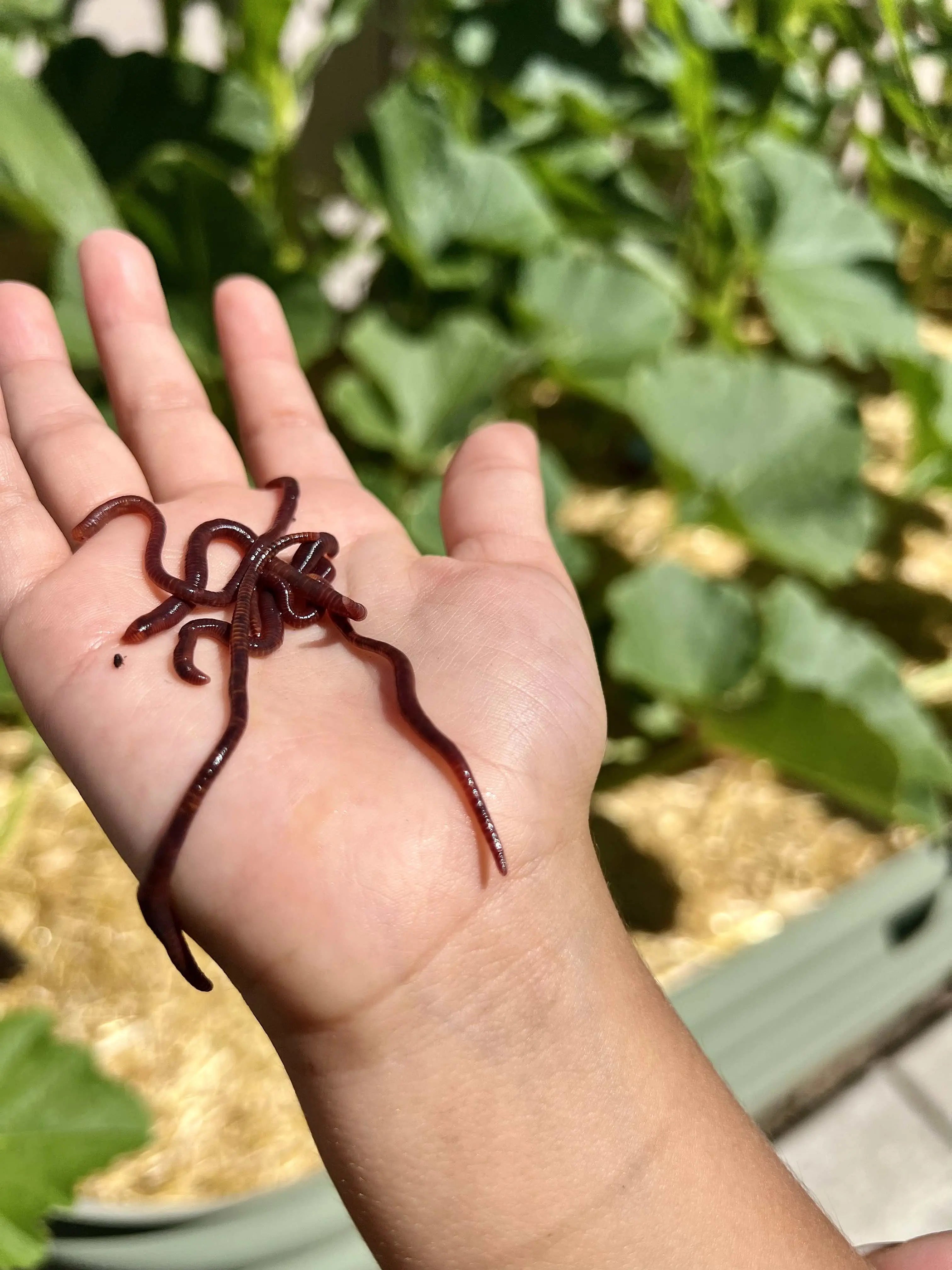Trust Red Wiggler Express for Dependable and Top-Notch Lawn Care Options
Red Wigglers: The Unsung Heroes of Organic Waste Recycling
Red wigglers, or Eisenia fetida, offer as essential representatives in the natural waste reusing procedure, transforming discarded products right into beneficial vermicompost. As the globe progressively seeks services to fight waste accumulation and boost farming productivity, understanding the function of these worms comes to be important.
What Are Red Wigglers?
The impressive resilience of red wigglers, scientifically called Eisenia fetida, highlights their important role in natural waste recycling. These little, reddish-brown earthworms are generally located in decomposing raw material, such as compost heap and manure lots. Lake Hickory Bait. Unlike other earthworm varieties, red wigglers flourish in nutrient-rich settings and are highly reliable at damaging down organic materials, making them essential for vermicomposting

(Lake Hickory Bait)Along with their function in waste decrease, red wigglers add to dirt health by boosting dirt framework and oygenation with their delving activities (Lake Hickory Bait). Their existence in composting systems not just enhances decay prices but likewise advertises a sustainable approach to squander administration, showing their relevance in ecological conservation efforts
Benefits of Composting With Worms
Composting with worms, particularly red wigglers, provides many advantages that enhance both waste management and soil health and wellness. These worms efficiently break down organic waste, converting it right into nutrient-rich vermicompost that enriches soil. This procedure accelerates decomposition, permitting a faster recycling of kitchen scraps and various other natural products compared to standard composting methods.
Additionally, the vermicompost produced by red wigglers is teeming with advantageous microbes, which assist enhance soil structure, oygenation, and wetness retention. This enhances the overall wellness of plants, advertising strenuous development and boosted yields in yards and farming setups. The usage of worms in composting lessens the production of greenhouse gases, such as methane, adding to an extra lasting waste administration system.

Exactly How to Begin Vermicomposting
Establishing a vermicomposting system is an uncomplicated procedure that can generate significant benefits for both waste management and soil enrichment. To begin, select an appropriate container, such as a plastic container or wood box, with sufficient air flow openings to make certain proper airflow. The dimensions need to preferably be about 2 feet by 3 feet, permitting ample space for the worms to thrive.
Next, prepare bed linen material, which can include shredded newspaper, cardboard, or coconut coir. This bed linen must be dampened to produce an appropriate environment for the worms. When the bed linen remains in location, present red wigglers (Eisenia fetida) right into the container, usually around one pound of worms for every square foot of surface.
Complying with the positioning of worms, add organic waste, such as fruit and vegetable scraps, coffee grounds, and smashed eggshells. Avoid adding dairy products, meat, or oils, as these can create smells and bring in bugs. Finally, position the container in a shaded, temperature-controlled location to preserve optimal conditions for worm task. With these steps, you will efficiently initiate a vermicomposting system that adds to sustainable waste management and enriches your dirt.
Keeping a Healthy Worm Container
(Red Wiggler Express)Keeping a worm container flourishing requires normal attention and like make sure the health of the red wigglers and the performance of the composting process. Proper maintenance starts with monitoring the dampness levels; the container ought to visit this page be damp yet not waterlogged. An excellent guideline is to keep an uniformity similar to a wrung-out sponge.
Aeration is critical. Carefully mixing the bed linens and food scraps every few weeks avoids compaction and makes certain that all worms have accessibility to oxygen. In addition, it is essential to feed the worms suitably. A balanced diet of vegetables and fruit scraps, coffee grounds, and crushed eggshells need to be offered in moderation to prevent overfeeding, which can lead to odors and bugs.
If the container comes to be also warm or chilly, the worms may become stressed. By diligently taking care of these aspects, one can keep a durable and efficient worm bin.
Impact on Sustainable Living
The successful upkeep of a worm container not only profits the health of red wigglers yet additionally adds dramatically to lasting living techniques. By reusing natural waste, such as kitchen area scraps and yard particles, red wigglers assist draw away significant amounts of material from land fills. This decrease in waste not only decreases greenhouse gas exhausts yet likewise minimizes the ecological problem related to waste administration.
Moreover, the spreadings created by red wigglers function as a nutrient-rich natural plant food, improving soil wellness and promoting plant development. This all-natural option to chemical fertilizers sustains sustainable farming and gardening techniques, lowering reliance on artificial inputs that can harm ecosystems. In addition, worm composting cultivates understanding of waste management, motivating individuals and neighborhoods to embrace even more lasting practices.

Conclusion
In summary, red wigglers work as crucial factors to natural waste recycling with their reliable disintegration of natural products. Their ability to create nutrient-rich vermicompost boosts dirt wellness and sustains lasting farming practices. By incorporating vermicomposting right into waste monitoring approaches, people and areas can significantly minimize waste while advertising environmental sustainability. The function of Eisenia fetida in promoting healthy ecosystems highlights the significance of these organisms in achieving sustainable living and enhancing soil fertility.